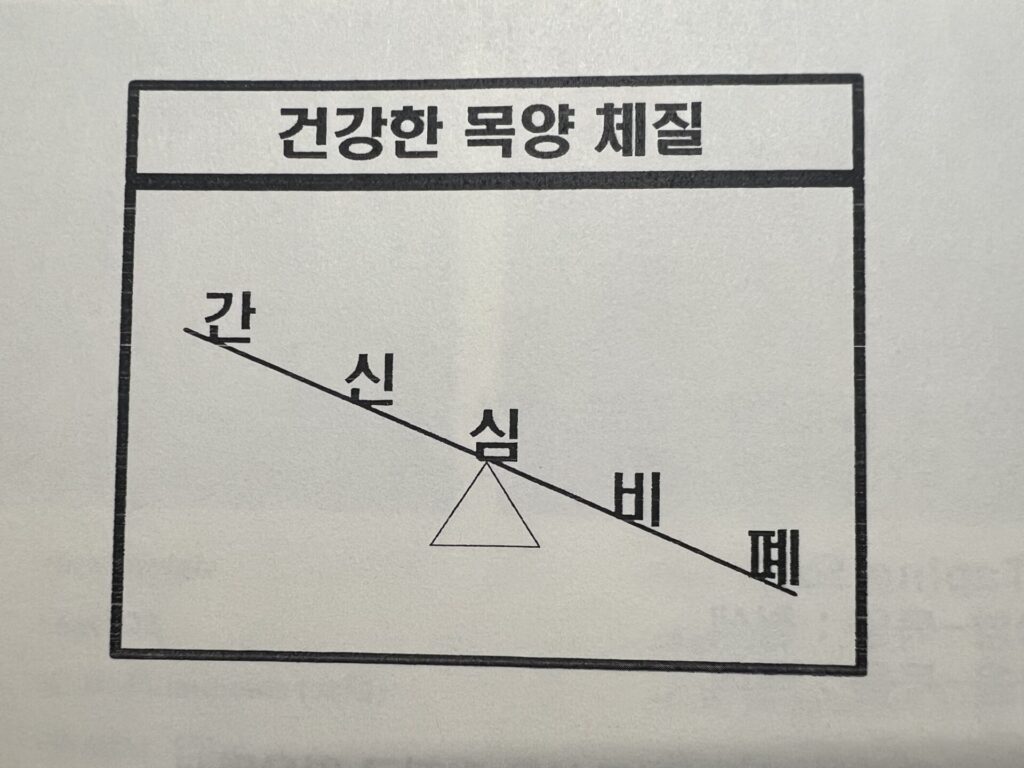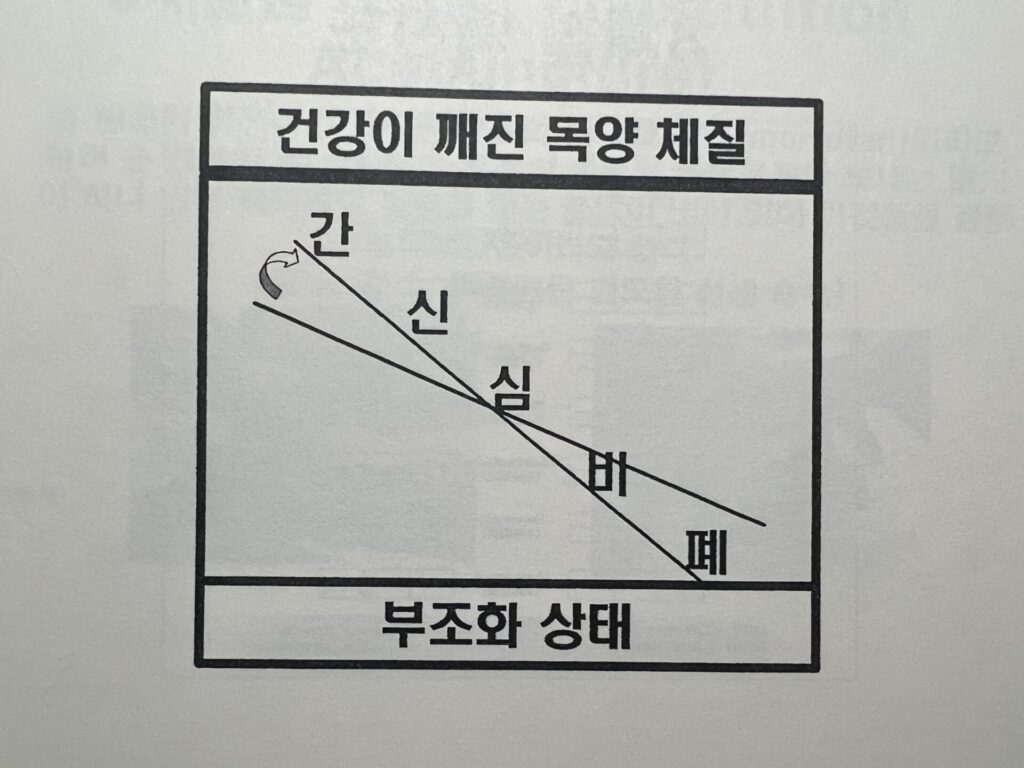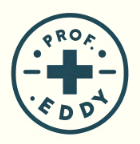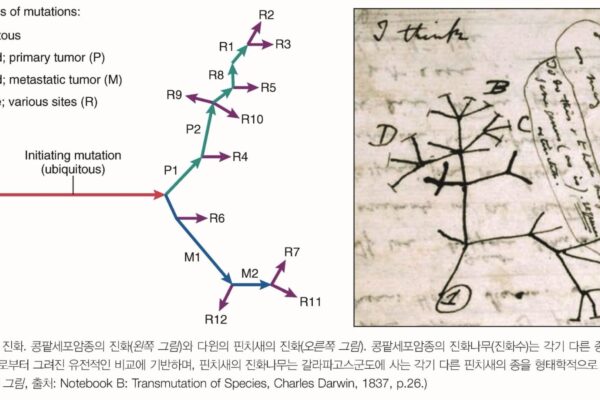Optimal Imbalance: Key Concept in Eight-Constitution Medicine (What Constitutional Diagnosis Really Means) Before diving into the common curiosity—”I’m a ___ type, so what foods are best for me?”—we need to understand one of the core foundations of Eight-Constitution Medicine (ECM): the concept of “optimal imbalance,” or 적불균형 (jeok-bul-gyunhyeong). Understanding this idea is essential before applying ECM in daily life or clinical practice.
Understanding the Framework of Organ Relationships
In ECM, your constitution is not just a label. It is a reflection of the inherent functional hierarchy among your internal organs. This hierarchy originates from antagonistic relationships between paired organs:
- Lung (Metal) vs Liver (Wood)
- Spleen (Fire) vs Kidney (Water)
These relationships are not arbitrary. They mirror fundamental interactions in the body and are used to identify which organs are dominant and which are weaker from birth. For simplicity, the heart is often excluded from this classification, as its function is more symbolic and supervisory in ECM.
A Hypothetical Example: Measuring Organ Energies
Let’s assume we had access to advanced diagnostic technology that could quantify the energy or functional strength of each organ. A reading might reveal the following:
- Liver (Wood): 10
- Kidney (Water): 8
- Spleen (Fire): 6
- Lung (Metal): 5
Based on this, the order of energetic strength is: Liver > Kidney > Spleen > Lung This sequence, showing how organ functions are ranked from strongest to weakest, forms the basis of one’s constitutional type. In this case, the individual would be classified as Hepatonia—a constitution where the liver is dominant.

What Happens When Health Deteriorates?
Now imagine that the same individual becomes ill. Their internal energy distribution might shift dramatically:
- Liver: 13
- Kidney: 9
- Spleen: 5
- Lung: 2
The disparity between the strongest and weakest organs has widened. This increased gap causes functional imbalances, leading to symptoms and eventually to chronic conditions if not managed.
Introducing Optimal vs. Excessive Imbalance
This leads us to two central ideas in ECM:
- Jeok-Bul-Gyunhyeong (적불균형 / Optimal Imbalance): This refers to a healthy, harmonious state where the differences in organ strength are balanced enough to support stability and resilience. The organs don’t need to be equal; they need to function together effectively despite their differences.
- Gwa-Bul-Gyunhyeong (과불균형 / Excessive Imbalance): This occurs when the difference in energy between organs becomes too extreme, resulting in dysfunction, symptoms, or disease. It’s not just an imbalance—it’s an overwhelming disparity that disrupts homeostasis.
In other words, the goal is not equality, but proportionality. The body thrives in a state where differences in strength are present but not extreme.

What Does Constitutional Diagnosis Actually Mean?
A constitutional diagnosis is not just a label. It’s a process that reveals the natural energetic hierarchy of your organs. It tells you:
- Which organs are dominant (and may be overactive under stress)
- Which organs are weaker (and more likely to falter first)
- How your body responds to stimuli like food, stress, or environment
This diagnosis is the foundation for personalized treatment and lifestyle recommendations in ECM.
The Role of Treatment in ECM
Treatment in Eight-Constitution Medicine is not about making all organs equal. Instead, it is about transforming excessive imbalance into optimal imbalance. For example:
- Strengthening a weak lung function
- Soothing an overactive liver
- Adjusting dietary intake to reduce the stress on specific organs
- Using constitution-specific acupuncture or herbs
The goal is to reshape the organ hierarchy back to a state where the body can self-regulate—where differences are functional, not pathological.
Why This Concept Matters
Many people rush to learn what they should eat or avoid based on their constitution. But if you don’t understand the idea of optimal imbalance, you’re missing the core value of ECM. Knowing your constitution is about understanding your baseline organ distribution. And healing isn’t about forcing balance—it’s about working with your body’s natural design.
Conclusion
Eight-Constitution Medicine teaches that health lies not in perfect balance, but in adaptive imbalance. A person in a state of 적불균형 is healthy because their organs are cooperating within tolerable energetic differences. But when those differences become too large—과불균형—health deteriorates. To diagnose constitution is to read the body’s internal compass. To treat constitutionally is to recalibrate it. Understanding this concept empowers individuals and practitioners to see ECM not as a static identity, but as a dynamic roadmap to lifelong health.
For the original Korean text, visit here.
If you’re curious about the basics of traditional Korean medicine and health, read the following article:
The Truth About 8 Constitution Medicine: A Revolutionary Healing Framework Explained
What Your Sleeping Position Says About Your Health
Learn Why Studying JangSang Medicine is Important.
Frequently Asked but Silly Questions (Foods Good for the Liver??)



